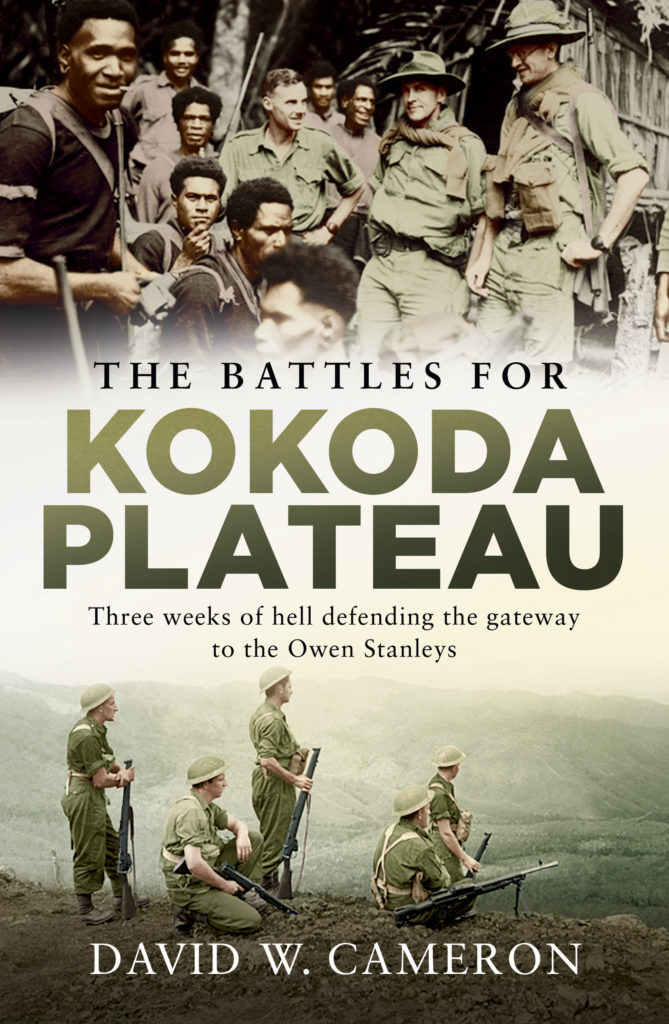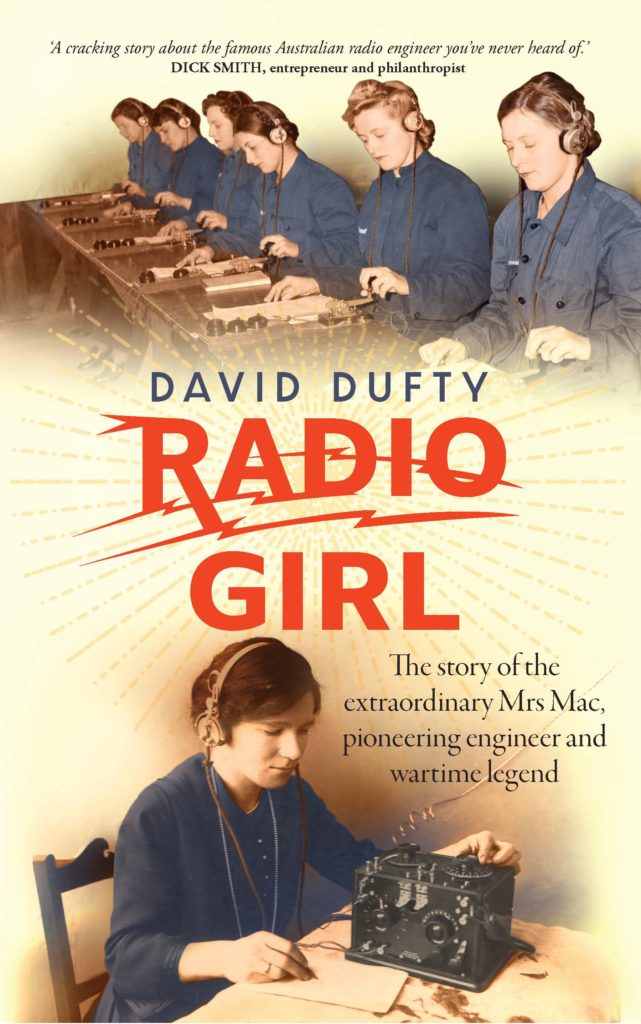For Anzac Day, 25 April, this week Jeff Popple reviews three books of wartime service. More of Jeff’s reviews can be found on his blog: murdermayhemandlongdogs.com

The Battles for Kokoda Plateau by David W. Cameron
Allen & Unwin, $32.99
In July 1941, a large force of Japanese soldiers landed on the north-eastern coastline of Papua. Their target was Port Moresby. Standing in their way was a small Australian militia force and a Papuan Infantry Battalion. For three weeks, this outnumbered force fought courageously to hold the Kokoda Plateau and keep the airstrip out of Japanese hands. Well respected Canberra historian David Cameron provides a lucid and interesting account of the fight for Kokoda Plateau and of the travails of two ragtag groups of missionaries and lost soldiers trapped behind enemy lines. Full of first-hand accounts, this is an absorbing read.

Code Name Hélène by Ariel Lawhon
Simon & Schuster, $32.99
This novelisation of the wartime efforts of the much-loved Australian heroine Nancy Wake, makes for highly entertaining and informative reading. Lawhon uses two separate timelines to tell of Nancy’s role in smuggling people, including Allied soldiers, out of France during the early days of World War II, which earned her the moniker of ‘The White Mouse’, and then of her later involvement as a British Special Operations Executive operative with the Maquis. She went on to become of the most ruthlessly effective leaders in the French Resistance and a major problem for the Nazis. A nicely paced and very readable story.

Radio Girl by David Duffy
Allen & Unwin, $29.99
Radio Girl plays tribute to Violet McKenzie, an amazing, although now largely forgotten, woman who made a major contribution to Australia’s wartime efforts. Violet was the first woman to enrol and graduate from an Australian engineering course and became the centre of the wireless radio industry in Sydney. With the approach of World War II, she saw a need for Morse Code operators and trained dozens of young women in its use. These women went on to instruct thousands of men and women during the war, and in 1941 she was instrumental in establishing the Women’s Royal Australian Naval Service. A timely biography of a remarkable woman.
More book talk:


